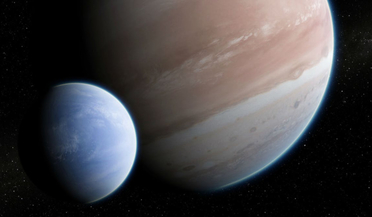 01 May 2019
Evidence for first confirmed exomoon under question
01 May 2019
Evidence for first confirmed exomoon under question
... after a small team of scientists from Columbia University in the City of New York, who while searching through Hubble Space Telescope (HST) data, found evidence that a Jovian-sized gas giant called Kepler-1625b, was sending out...
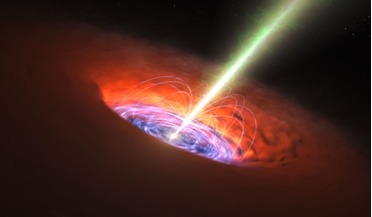 26 July 2019
Three massive black holes caught in the act of merging
26 July 2019
Three massive black holes caught in the act of merging
... to 3.26 light years). SDSS J0849+1114 has been observed before, but comprehensive new observations with the Hubble Space telescope, Chandra X-ray, and the Very Large Array (VLA) located in central New Mexico, by a team whose lead...
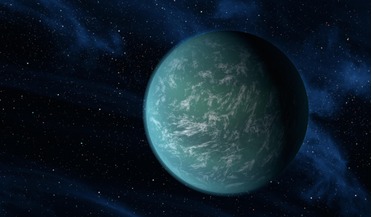 04 May 2020
Exoplanets with hydrogen-rich atmospheres could harbour life
04 May 2020
Exoplanets with hydrogen-rich atmospheres could harbour life
... spectroscopy or direct imaging techniques, the latter of which is extremely challenging and is usually performed by the Hubble Space Telescope. Transmission spectroscopy is by far the most successful method and it relies on a detector sampling the...
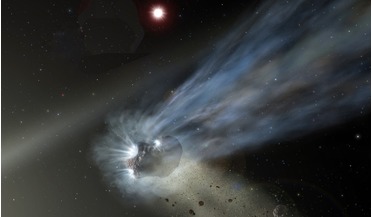 20 April 2020
New research shows interstellar visitor 21/Borisov is not your average comet
20 April 2020
New research shows interstellar visitor 21/Borisov is not your average comet
... teams headed by Dennis Bodewits and colleagues, and Martin Cordiner and colleagues who have used the Hubble Space Telescope (HST) and the Atacama Large Millimetre/submillimetre Array (ALMA), respectively to observe the comet. Both collected...
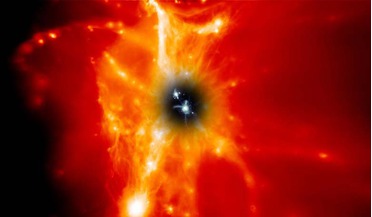 06 June 2016
Galaxies guilty of 'wasting' precious planet building material
06 June 2016
Galaxies guilty of 'wasting' precious planet building material
...the Cosmic Origin Spectrograph (COS) installed on NASA's Hubble Space Telescope, the study shows that more iron, carbon and... Oppenheimer, a research associate in the Center for Astrophysics & Space Astronomy (CASA) at CU-Boulder and lead author of the...
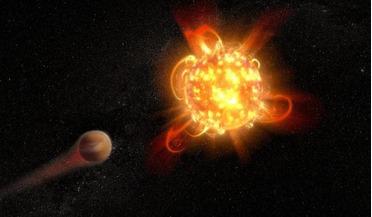 22 October 2018
Frequent superflares spell doom for life around red dwarfs
22 October 2018
Frequent superflares spell doom for life around red dwarfs
... stands for "HAbitable Zones and M dwarf Activity across Time. HAZMAT uses the observing power of the Hubble Space Telescope to survey red dwarfs (also known as M dwarfs) in ultraviolet light at three different ages – young, intermediate, and old...